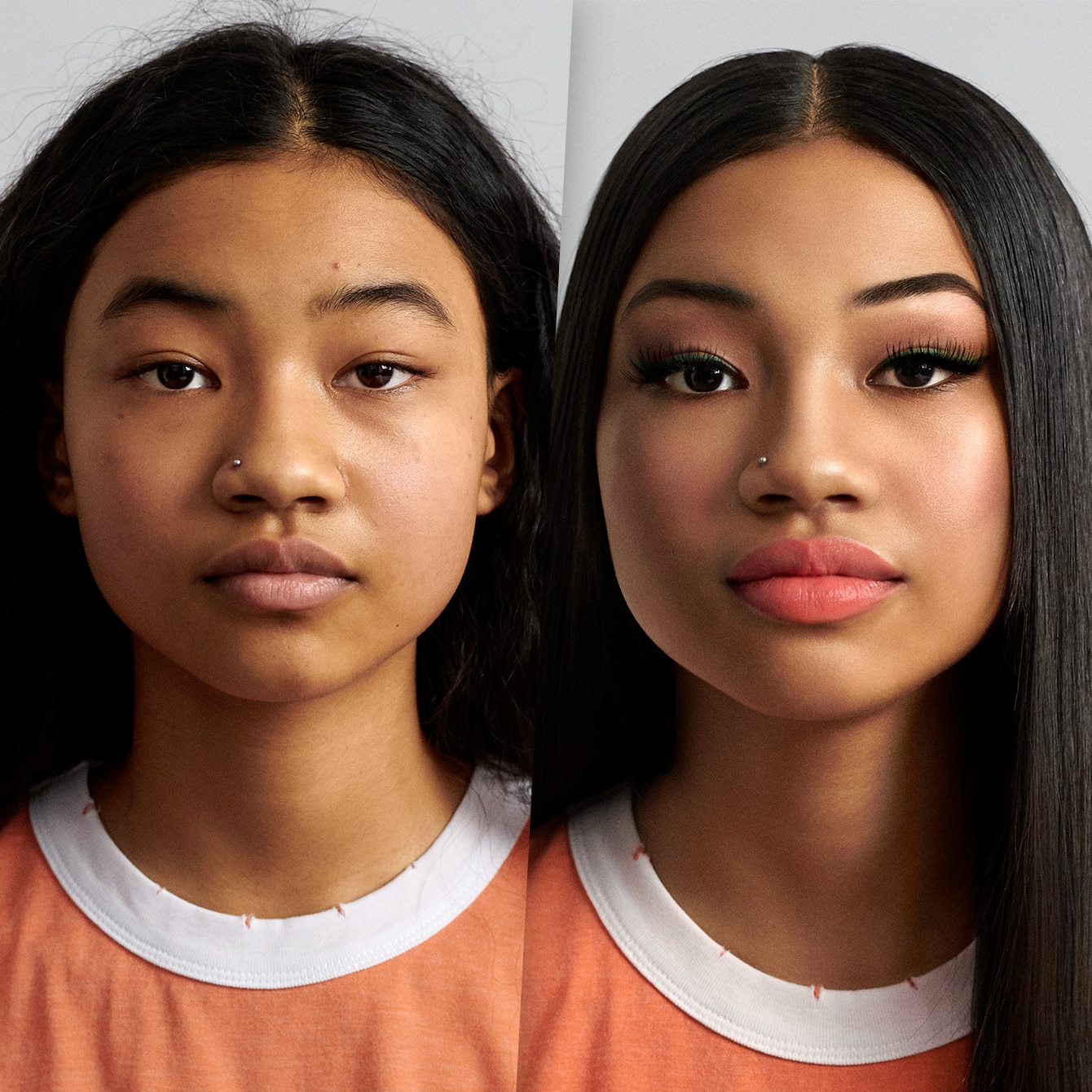With viral videos, memes and selfies, likes, DMs and shares. There’s no two ways about it – social media is here to stay. So, how do we help young people use it in a positive way?
The rise of social media
If the world of social media seems a little daunting, it might help to think back to when you were growing up yourself. Remember how you loved chatting with your friends on the bus and at recess? Or the hours when you’d hog your family’s one phone (probably in the hallway) and keep your voice low in the hope that your secrets weren’t overheard? When you’d use all your phone credit texting your friends, or get straight onto instant messenger the second you got home from school.
How about when you’d buy new clothes – and spend hours trying them on in front of the mirror in your room, practicing different looks? And how important it was, when your friends saw your new outfit, that they’d think it was cool?
Young people, no matter what generation, love to spend time with their friends, sharing secrets and talking about their interests. And teenage girls have been shown to be some of the heaviest users of social media.
One benefit of social media is its capacity to amplify a young person’s ability to share, care, and compare. It allows them to focus on the things that have always been important to young people, but it can also impact their insecurities and sense of self.
The positive and negative effects of social media
The University of Georgia found that the millions of people who log on to social networking sites daily might actually be boosting their self-esteem in the process. Feeling connected to others and being in control of how you’re seen by others may have a positive effect on how you see yourself.
On the downside, a study by the University of Michigan found it was students with narcissistic tendencies who posted most often, using social media to boost their egos and control other people’s perceptions of them – something that could have a dangerous impact on young people.
Another study, from Flinders University in Australia, found a correlation between the amount of time teenage girls spend online and low self-esteem and dissatisfaction with their body image (although cause and effect cannot be proven). In interviewing more than 1,000 high school girls, researchers also found social media intensified conversations about appearance.
Almost half (46%) of the girls in the survey were dissatisfied with their body size. This suggests worries about body image are prevalent among girls no matter their body shape, over and above societal factors.
Parents need to be aware of social media’s positive potential, as well as its dangers, and approach it in a realistic, rather than fearful, way. This means asking appropriate questions, helping children navigate their social networks, and trusting our instincts about when things might be going wrong.
The importance of digital downtime
FOMO – fear of missing out – is a big worry for young people. Some check their social media almost constantly to make sure they’re always up to speed with what’s happening in their circle.
However essential your child feels their social networks are, you should set and keep boundaries together. For example, discourage them from logging on late at night or using their smartphone after lights-out, so that they can “switch off” before bedtime and get enough sleep.
Try to understand the importance of technology in your child’s life, but also remind them of the benefits of switching off sometimes. Why not suggest you have family time that’s device-free?
Encourage them to spend time on other activities, such as hobbies, sports, and face-to-face interactions with friends. This will remind them that feelings of satisfaction, well-being, and achievement can come from things outside social media, strengthening their sense of self and confidence in their inner qualities.








